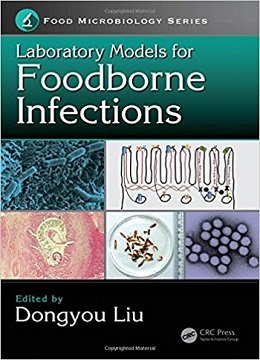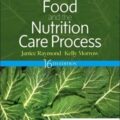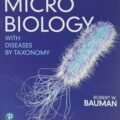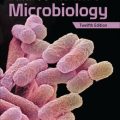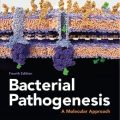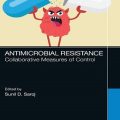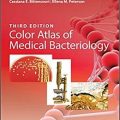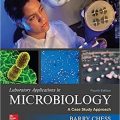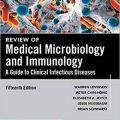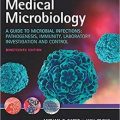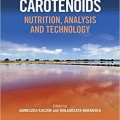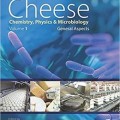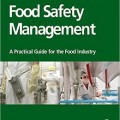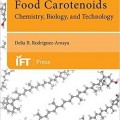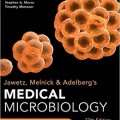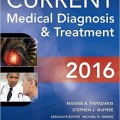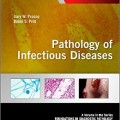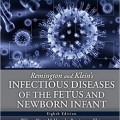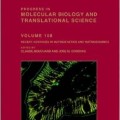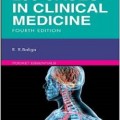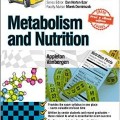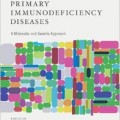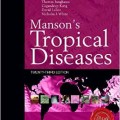دانلود کتاب مدلهای آزمایشگاهی برای عفونت منتقله از غذا
Laboratory Models for Foodborne Infections, 1ed
Resulting from ingestion of inappropriately prepared or stored foods containing pathogenic viruses, bacteria, fungi and parasites, foodborne infections have become a significant source of human morbidity and mortality worldwide in recent decades. This may be largely attributable to the remarkable popularity of convenient, ready-to-eat food products, the dramatic expansion of international food trades, and the continuing growth of immuno-suppressed population groups. Although anti-microbial treatments have played a crucial part in the control of foodborne infections in the past, the emergence and spread of anti-microbial resistance render the existing treatments ineffective. Additionally, our limited understanding of the molecular mechanisms of foodborne infections has thwarted our efforts in the development of efficacious vaccines for foodborne pathogens.
Given the obvious benefits of laboratory models in foodborne disease research, a great number of experiments have been conducted toward the elucidation of host-pathogen interactions in and pathogenic mechanisms of foodborne infections. Forming part of the Food Microbiology series, Laboratory Models for Foodborne Infections presents a state-of-the-art review of laboratory models that have proven valuable in deciphering the life cycle, epidemiology, immunobiology, and other key aspects of foodborne pathogens.
Written by scientists with respective expertise in foodborne pathogen research, each chapter includes a contemporary summary of a particular foodborne viral, bacterial, fungal, or parasitic infection in relation to its life cycle, epidemiology, clinical features, pathogenesis, host-pathogen interactions, and other related aspects. Besides providing a trustworthy source of information for undergraduates and postgraduates in food microbiology, Laboratory Models for Foodborne Infections offers an invaluable guide for scientists and food microbiologists with interest in exploiting laboratory models for detailed study of foodborne infections.
About the Author
Contents
۱. Introductory Remarks
۲. Adenoviruses
۳. Astrovirus
۴. Hepatitis E Virus
۵. Noroviruses: Laboratory Surrogates for Determining Survival and Inactivation
۶. Rotavirus
۷. Prions
۸. Bacillus
۹. Clostridium
۱۰. Enterococcus
۱۱. Listeria monocytogenes
۱۲. Mycobacterium
۱۳. Staphylococcus
۱۴. Streptococcus
۱۵. Aeromonas
۱۶. Bacteroides
۱۷. Brucella
۱۸. Burkholderia
۱۹. Campylobacter
۲۰. Cronobacter: Virulence and Pathogenesis
۲۱. Escherichia
۲۲. Helicobacter
۲۳. Klebsiella: Caenorhabditis elegans as a Laboratory Model for Klebsiella pneumoniae Infection
۲۴. Proteus
۲۵. Pseudomonas aeruginosa
۲۶. Salmonella
۲۷. Shigella
۲۸. Vibrio: Caenorhabditis elegans as a Laboratory Model for Vibrio Infections
۲۹. Yersinia
۳۰. Alternaria
۳۱. Aspergillus
۳۲. Candida
۳۳. Enterocytozoon bieneusi
۳۴. Fusarium
۳۵. Penicillium and Talaromyces
۳۶. Acanthamoeba
۳۷. Cryptosporidium
۳۸. Cystoisospora belli
۳۹. Entamoeba histolytica
۴۰. Giardia lamblia
۴۱. Toxoplasma: Animal and In Vitro Models on Toxoplasmosis
۴۲. Anisakis
۴۳. Clonorchis sinensis
۴۴. Fasciola and Fasciolosis
۴۵. Haplorchis
۴۶. Metagonimus
۴۷. Opisthorchis viverrini
۴۸. Paragonimus
۴۹. Taenia
۵۰. Trichinella
لینک کوتاه : https://bookbaz.ir/?p=56333
نویسنده : Dongyou Liu
ناشر : CRC Press; 1 edition
سال انتشار : 2017
زبان کتاب : انگلیسی
نوع فایل : PDF
تعداد صفحات : 853
(ISBN) شابک : 1498721672
قیمت کتاب درآمازون : $259.11
حجم فایل : 12 MB
